#TwitterChat: We’re in the world of Fast Moving Consumer Video: Vinit Mehta
The OTT space has been growing exponentially, with several big players set to enter the fray in the next one year. India today has as many as 33 OTT players. More new Original content being launched with increasing frequency, debates on the pros and cons of AVOD Vs SVOD, preventing saturation from setting in, creating differentiation, technological advancement and more issues mark this space today. Adgully has been initiating frequent conversations with leading experts in the digital and OTT industry to make sense of the developments in the OTT space as well as the way ahead for OTT platforms.
In continuation with this conversation, Adgully engaged with Vinit Mehta, Sales Director - Asia, Brightcove, in a #TwitterChat on the future growth of OTT platforms. The #TwitterChat took place on Friday (July 26, 2019) between 3 pm and 4 pm.
Today, monetisation is a big discussion in the OTT space. Some players continue to back on subscriptions while others are keen on finding new ways to integrate brands. What is the way forward for this space?
Vinit Mehta started off by making an interesting comment, “We are in the world of Fast Moving Consumer Video (FMCV).” He further said that subscription alone would not be enough for branded content, and added that online sponsorships, ad format innovation, content-to-commerce plays, syndication, etc., were needed to build a comprehensive revenue generation strategy keeping in mind a sustainable business that grows. He also pointed that it is an exciting space and some level of blue sky thinking and innovation is required, where partnerships will remain a cornerstone of success – syndication partners, distribution models with popular unicorns, affiliate models with e-commerce companies are some of the ideas.
Content investment still runs on subscriptions
According to Mehta, OTT is a long term business with a fantastic adoption curve, where eyeballs are moving pretty fast. It is still early days of business model evolution in India, however, a hybrid approach is required as relying on subscriptions alone might not be enough, he maintained. At the end of the day great content, superior user experience and a strong distribution model will win.
He noted that the content costs continue to be high and sustained investments are required to continue churning out high quality content. It’s a game that cannot be stopped once it starts. Users on their mobile phones require continued engagement.
ROI for brands partnering with OTT content
Mehta affirmed that the brand and advertiser opportunity on OTT is huge. One of Brightcove’s earliest customers in India is TVF, who continues to invest in a brand funded strategy that puts the brand front and center, but in a subtle way.
“Content-to-commerce and affiliate model creation on OTT is another way that brands can participate and leverage the best that OTT and digital has to offer. Imagine finding videos of a brand on a publisher property and having the ability to then click through and shop on e-commerce sites. On the brand topic, a great idea could be an FMCG giant partnering with relevant vernacular content owners to create digital video properties that can leverage the existing distribution models that the brand has created. Reach the masses quickly with the right content,” he specified.
India-specific digital properties will spring up in abundance as we are seeing with several startups jumping on the vernacular, voice and video bandwagon. The definition of OTT is getting redefined every day – only, not the way we thought about this space traditionally.
Benefits to brands
Mehta cited the example of Ola’s association with the OTT web series ‘Permanent Roommates’, where an Ola driver was the main character of the show. Priceless execution with a slice of life story line on a platform targeted at the right age group – it does not get bigger and better than that.
“Every brand today is trying to stand out in an increasingly cluttered world – OTT viewers in India, as per our research, are happy to watch more than one ad! Plus telling stories via longer form content increases brand recall and the associations are stronger. With OTT, you can target the right audience at the right time, create immersive experiences with interactivity, measure the results and create content with no boundaries on exciting platforms that are increasingly speaking the regional language - that is the opportunity,” said Mehta.
As brands evaluate participation on OTT platforms, one must also keep in mind that the longevity and availability of the content online is forever. That, along with the possibilities of targeting and creating unique content, can turbo charge viewership for the brand and the OTT.
Different modes for monetisation apart from subscriptions
According to Mehta, in sharing of branded content on social media, different ad formats (for example, showing ads when someone pauses content) – the trick is to back all non SVOD monetisation with data and analytics to prove effectiveness to advertisers.
“We have OTT destinations testing the limits of monetisation and that is fantastic to see as the space evolves – apart from pre-roll/ mid-roll ads, the opportunity to create branded content, sponsorships online, Content to commerce partnerships, syndication of content. With server side ad insertion for example on live TV the channels can replace broadcast ads with digital ads + bypass ad blockers. Live streaming presents great opportunities to monetise. For example, news publishers can cover brand launches, inaugurations, company events, etc.,” he added.
Entrance of TVOD/ Sachet pricing
We’ve had a few examples of TVOD models in India, especially because the larger SVOD players have spoilt the consumer for choice. “You cannot launch an SVOD service today unless you have any thousand hours of content (or your content is really strong). That’s where TVOD comes, in addition to subscriptions and advertising. In TVOD pricing, you pay for what you want to watch –micro payments, sachet pricing, are another great way to monetise your content,” Mehta noted.
He further said that TVOD is a great way for content owners to quickly monetise their videos. “There are only so many subscription products that our DNA will allow,” he added.
How will sachet pricing change the game for the OTT space and bring in more audiences?
Mehta felt that apps might not be the right way to engage with an audience here as the devices are smaller and have less storage space. Progressive Web Apps (PWAs) are an interesting ‘web’ way to get access to the mobile phone home screen real estate without requiring a download focus on exclusive content as most of the target audience spoken above is very used to watching YouTube.
“If content owners want to engage with them, the UI / UX / language, etc., should be easy to use and users should be comfortable. The opportunity to hit large Indian audiences, especially in Tier 3-4 and rural with this kind of pricing is quite large – the audience there is used to pay sachet pricing for FMCG products and we can expect a higher adoption rate for the right kind of ‘exclusive’ content,” Mehta concluded.



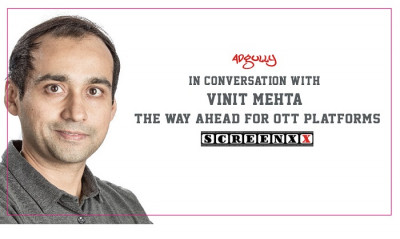
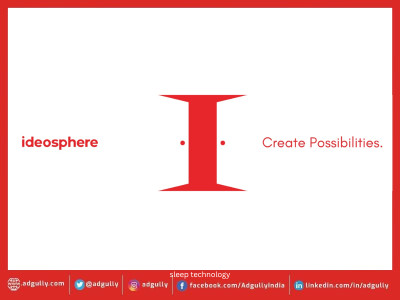

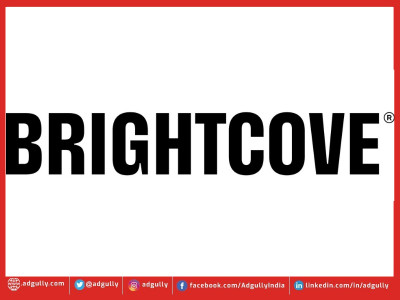
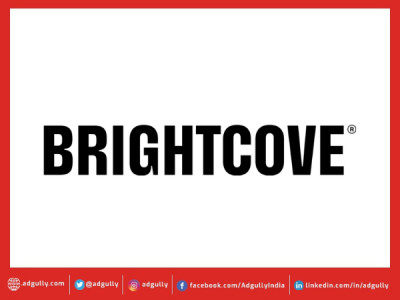
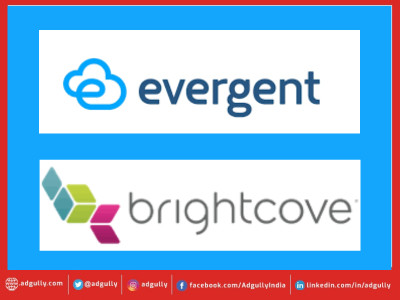

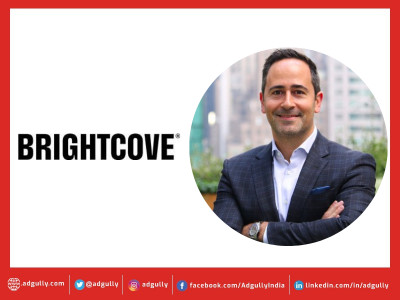
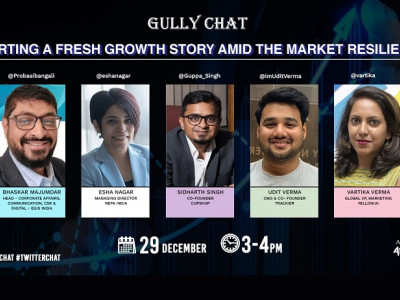
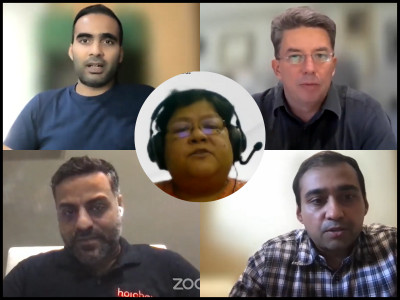
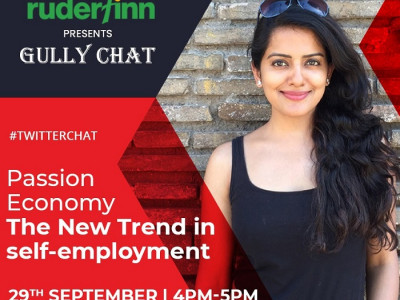


Share
Facebook
YouTube
Tweet
Twitter
LinkedIn